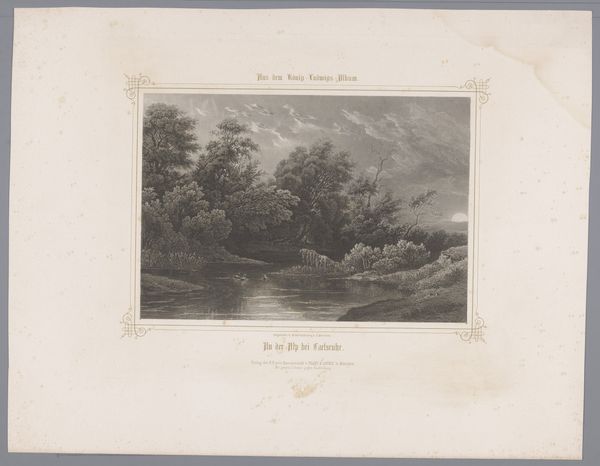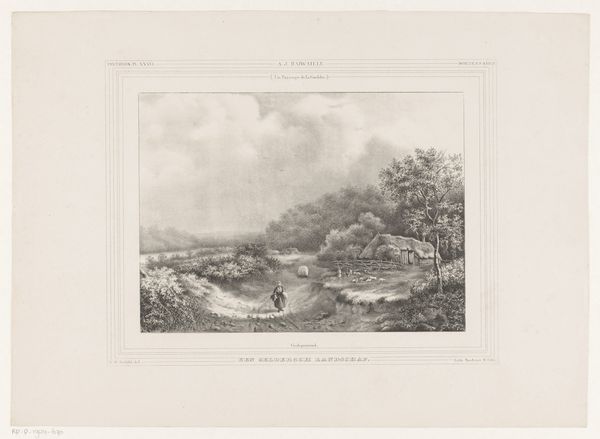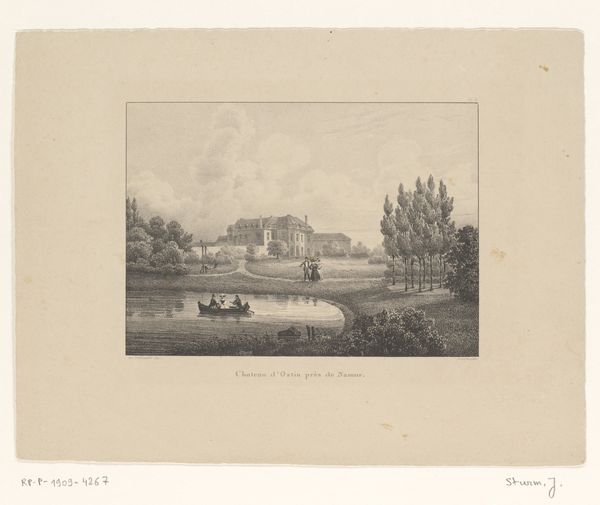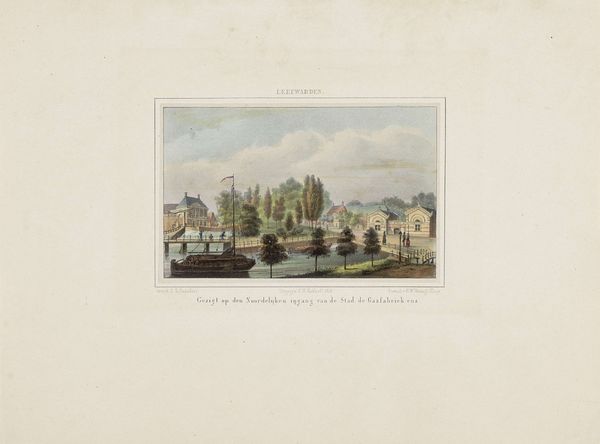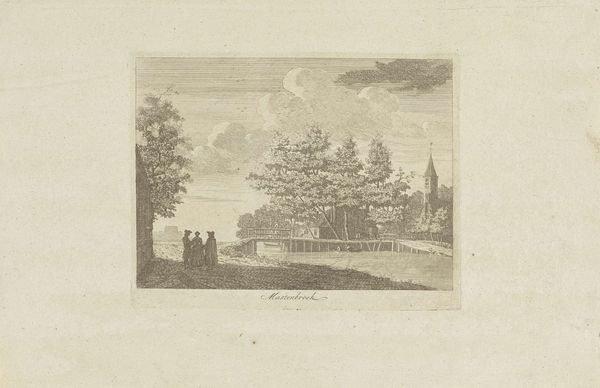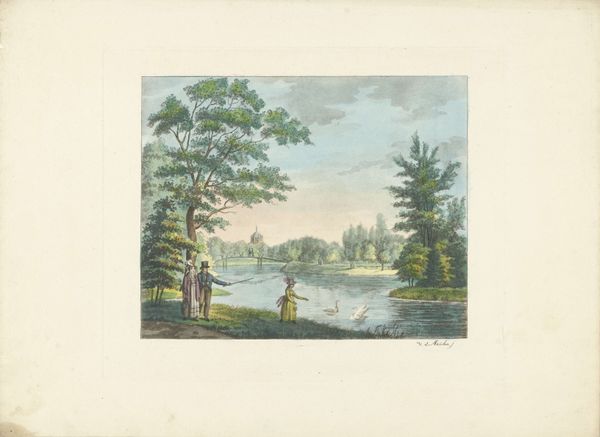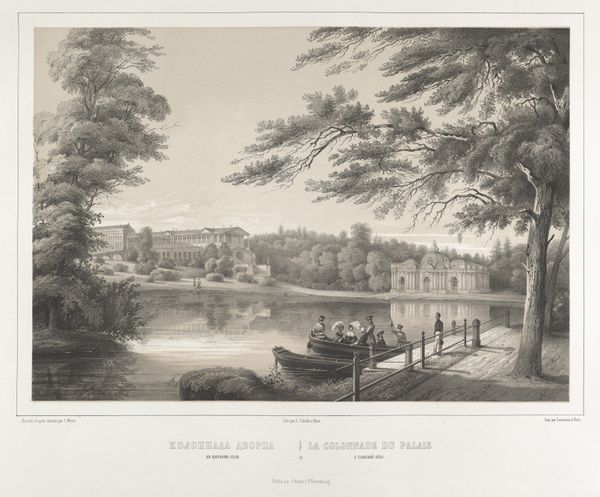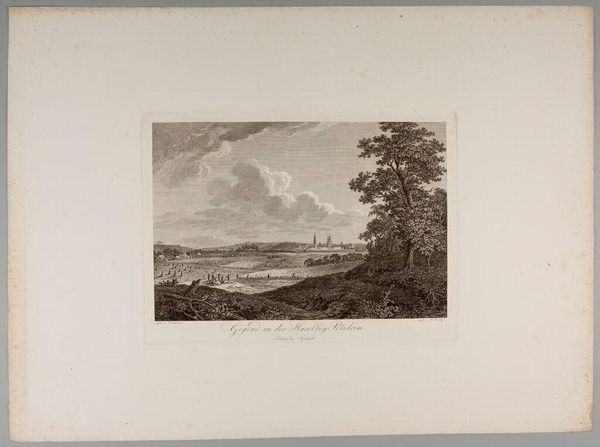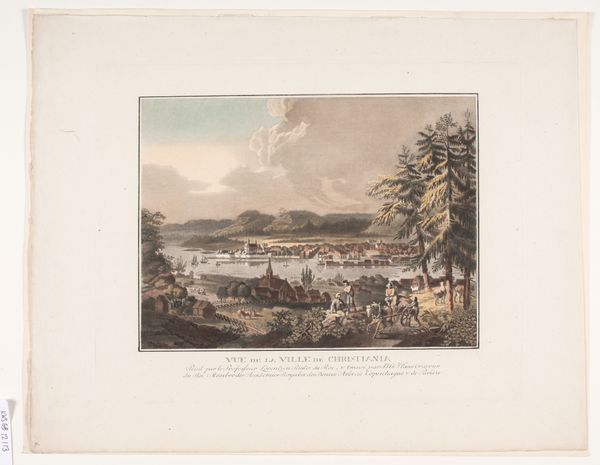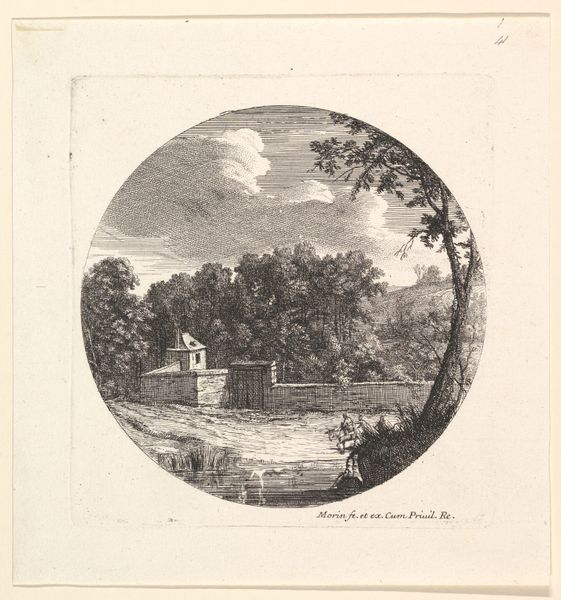
painting, watercolor
#
painting
#
landscape
#
watercolor
#
realism
Dimensions: height 250 mm, width 340 mm
Copyright: Rijks Museum: Open Domain
Editor: This is "Gezicht op de Zuiderplantage in Leeuwarden," a watercolor painting from 1850. The reflection of the buildings in the water is particularly interesting. How do you view this landscape? Curator: Looking at the materials first, watercolor in 1850 wasn't simply about representation; it was intrinsically tied to ideas of leisure and education within a burgeoning middle class. Think about who would be commissioning, producing, and consuming these images of the Zuiderplantage. Was it a celebration of manufactured beauty and controlled resources? Editor: So it's not just a pretty picture, it's also a display of wealth and access? Curator: Exactly. Watercolors were relatively accessible compared to oils, but acquiring the skills and materials still signaled a level of privilege. The very act of rendering a 'picturesque' scene normalizes a specific, idealized relationship between society and nature. Consider the controlled landscaping, the carefully placed architecture, even the small boats hinting at recreational activity. This wasn't just untouched nature, it was a stage. Editor: It does feel staged, now that you mention it. What do you make of the windmills and the other signs of everyday life in the background? Curator: Notice how the windmill, typically associated with labor and rural production, is softened and made picturesque? Its presence speaks to the ongoing negotiation between industrial advancement and romanticized notions of nature. Ask yourself, what materials went into building that mill? Who operated it and benefited from its existence? It becomes more than a scenic backdrop when you start to dissect its materiality. Editor: This has given me a totally different perspective. I see it’s not just the image but also the conditions of its making that tell a story. Curator: Precisely. Art’s always connected to its means of production, labor, and consumption, and analyzing these connections can reveal hidden power dynamics.
Comments
No comments
Be the first to comment and join the conversation on the ultimate creative platform.


